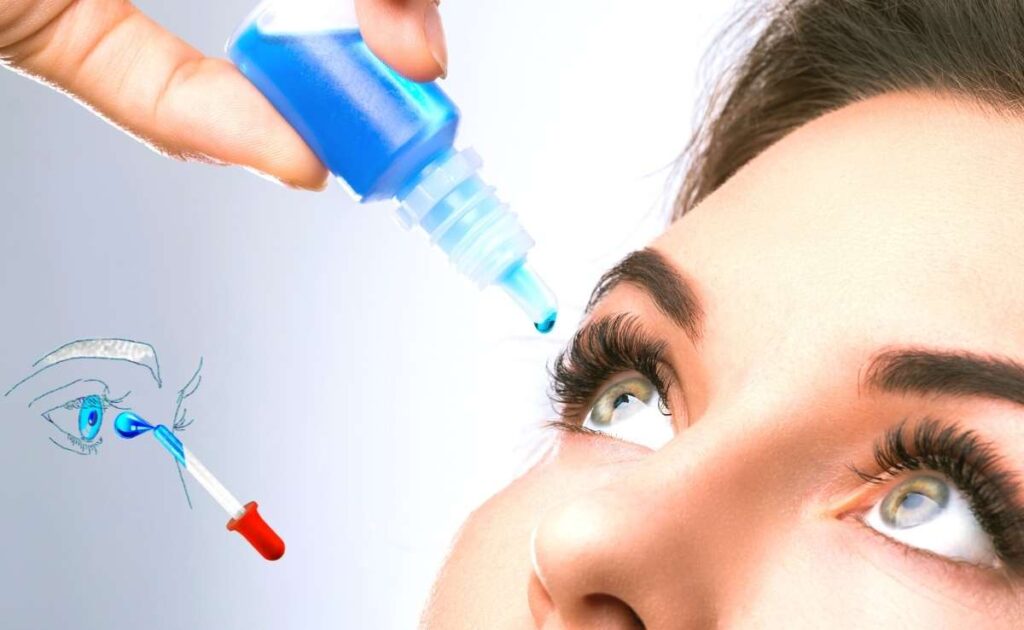Sometimes contact lenses make irrigation in the eyes, therefore rewetting drops can be used at that time to give some comfort to the eyes. Although both eye drops and contact lens solution are translucent liquids that are safe and good for your eye health, they are not the same and should not be used in the same way.
Although all types of Eye drops do not suit the eyes with lenses therefore it is a must to use an eye drop that does not cause irritation.
This article examines four common eye drops and describes which are safe for those who wear contacts and which can be problematic. It also discusses when problems should be reported to your eye doctor and when contacts should be taken out.
Various Type Eye Drops
Eye drops are not a universal treatment. They are made for specific uses, and if you wear contacts, you may need to avoid them in various circumstances. Replenishment Eye Drops
Rewetting drops are another name for contact lens eye drops. Rewetting drops moisturize the contact lens and lubricate the eye, enhancing ocular comfort while using the lenses.
Rewetting drops are frequently recommended by eye care providers because they increase comfort and help remove dirt from beneath the contact lenses.
Dried-Eye drops
There are many different formulations of dry eye drops. Some are thicker than others, which could actually blur your vision or cause your contact lenses to become “gummed up.”
Dried eye drops are meant for this purpose which is to comfort the eyes and also lubricate, not only these eye drops are meant for lubrication but also to heal the eye surface which gets affected by the use of contact lenses.
It would be better to stick with eye drops labeled “For use with contact lenses” if your eyes are in good condition. Call your eye doctor if you’re unsure.
Eye Drops with a vasoconstrictor
Vasoconstrictors are specific compounds found in “Get the red out” eye drops. Even when your contact lenses are effective these drops could gather or accumulate on the surface of your lens and cloud them and cause conjunctiva’s small blood vessels to constrict.
Vasoconstrictor eye drops can potentially produce rebound redness if regularly used to rewet your lenses. When the vasoconstrictor’s effects wear off, the blood vessels in the eyes abruptly enlarge and turn bloodshot, which is known as rebound redness. As you use more and more eye drops to reduce the redness, this can eventually result in dependency.
Additionally, using too many vasoconstrictor drops can “hide” inflammatory disorders such as eye infections.
Medicated Eye Drops
If your eyes are infected then the best option is not to wear contact lenses and just try to use the eyedrop because wearing contact lenses can cause more infection in your eyes and can harm your eyes. Doctors generally do not recommend Medicated eye drops used with contact lenses.
Can we use a contact solution as eye drops?
Using contact solution as eye drops is not advised. Over time, irritation and redness may develop in your eye if the solution comes in contact with it frequently. Ingredients in contact solutions are designed to clean lenses after each use. It is wiser to go for specific items that are made just for the eyes if you’re looking for eye rewetting drops.
